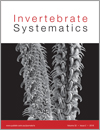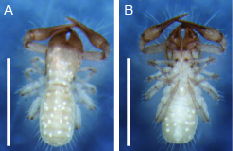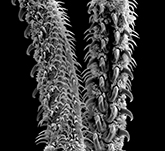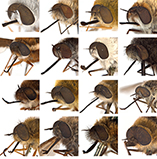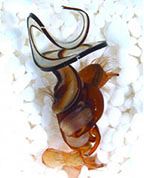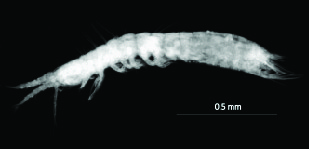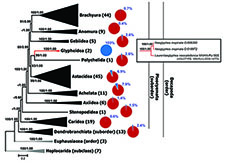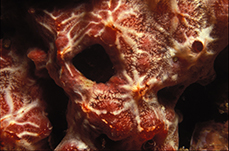IS17037Rafting dispersal in a brooding southern sea star (Asteroidea : Anasterias)

How do non-dispersive species get around? Rafting at sea is often invoked as a means by which coastal species can move across long stretches of ocean, but there is little direct evidence for this process. Here we directly document the long-distance rafting of a brooding New Zealand sea-star, in association with buoyant kelp adrift at sea. The observed rafting provides an explanation the genetic similarity observed among isolated populations of this coastal sea-star species.


